The new iPad Pro is a technical marvel, with one of the best screens I’ve ever seen, performance that few other machines can touch, and a new, thinner design that no one expected.
It’s a prime example of Apple flexing its engineering and design muscles for all to see. Since it marks the company’s first foray into OLED beyond the iPhone or Watch, and the first time a new M-series chip has debuted on something other than a Mac, it comes across as a tech demo for where the company is headed beyond just tablets.
Still, it remains unclear why most people would spend one, two, or even three thousand dollars on a tablet that, despite its amazing hardware, does less than a comparably priced laptop—or at least does it a little more awkwardly, even if it's impressively quick and has a gorgeous screen.
Specifications
There are some notable design changes in the 2024 iPad Pro, but really, it’s all about the specs—and it’s a more notable specs jump than usual in a couple of areas.
M4
First up, there’s the M4 chip. The previous iPad Pro had an M2 chip, and the latest Mac chip is the M3, so not only did the iPad Pro jump two whole generations, but this is the first time it has debuted the newest iteration of Apple Silicon. (Previously, new M-series chips launched on the Mac first and came to the iPad Pro a few months later.)
Using second-generation 3 nm tech, the M4’s top configuration has a 10-core CPU, a 10-core GPU, and a 16-core NPU. In that configuration, the 10-core CPU has four performance cores and six efficiency cores.

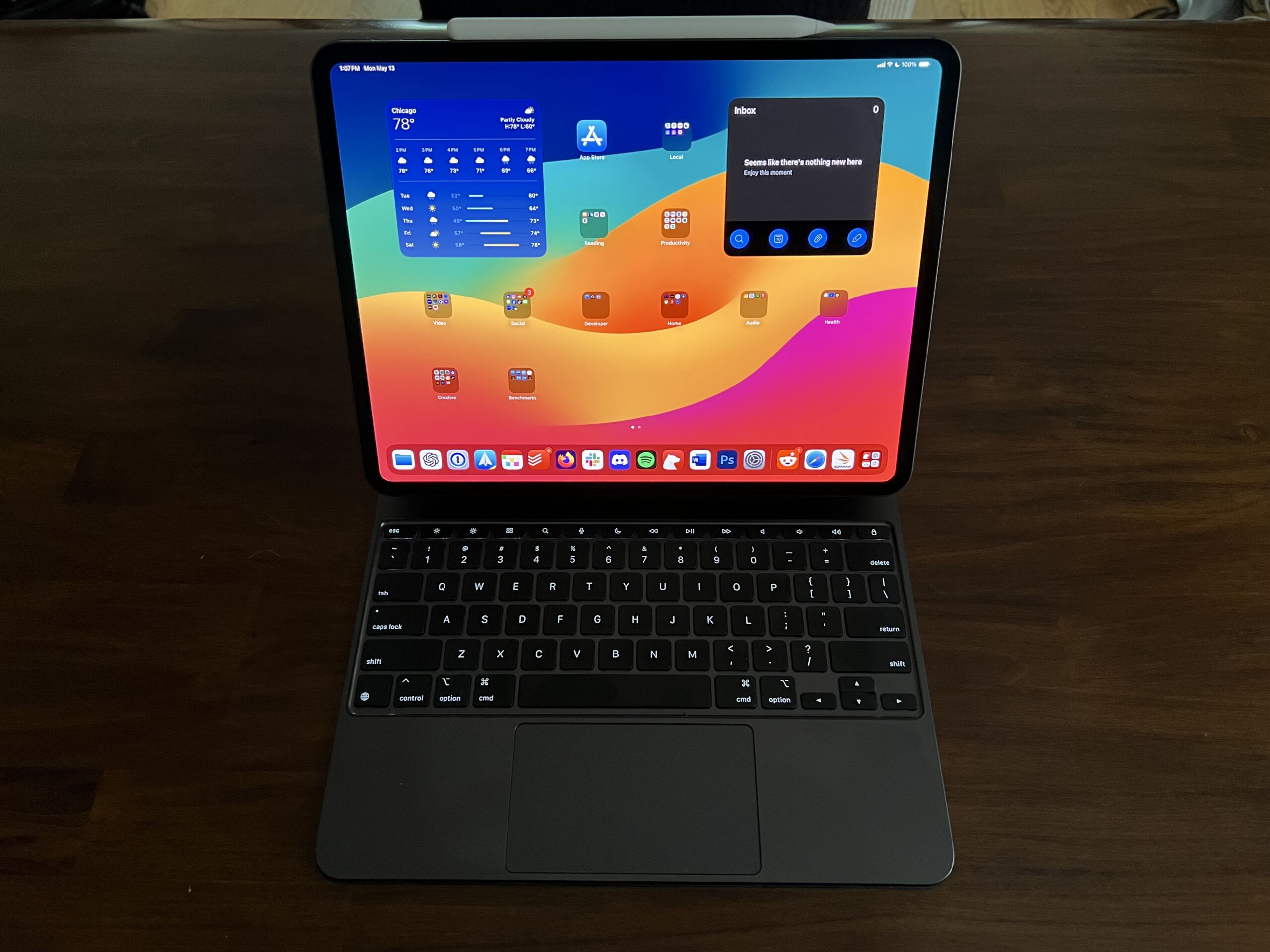

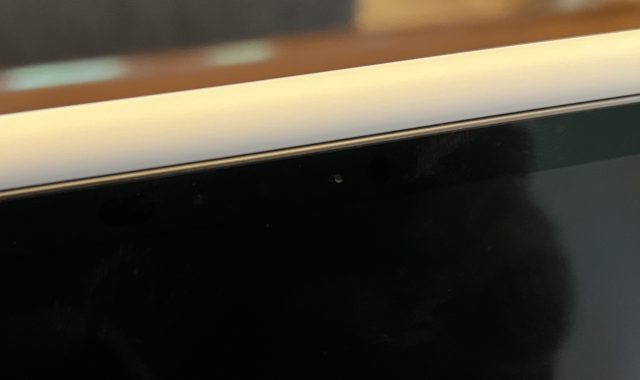

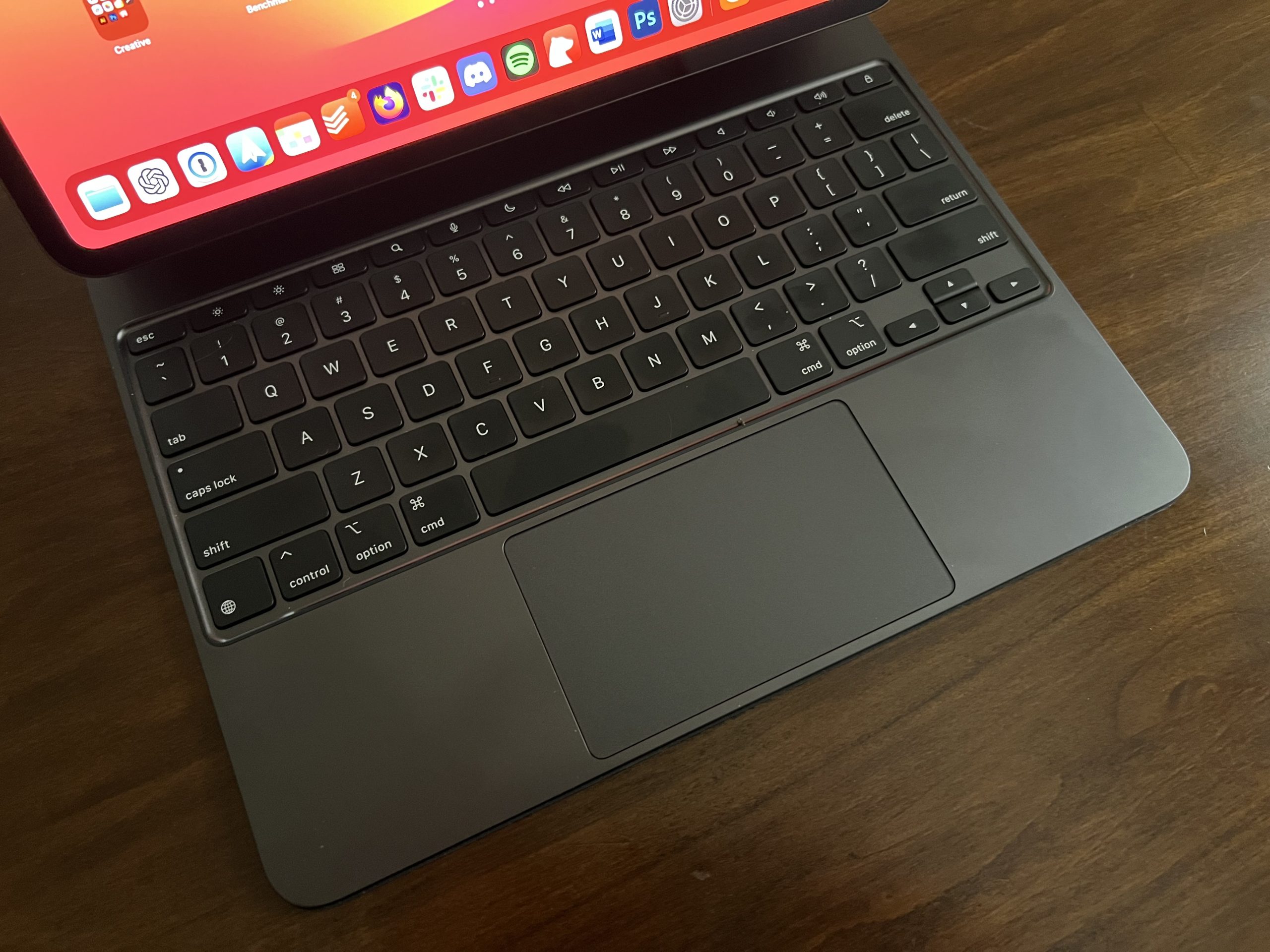
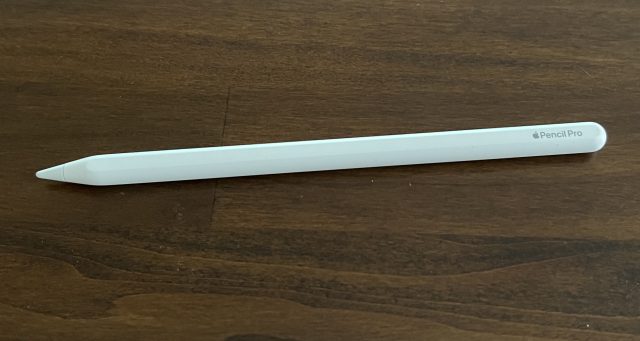
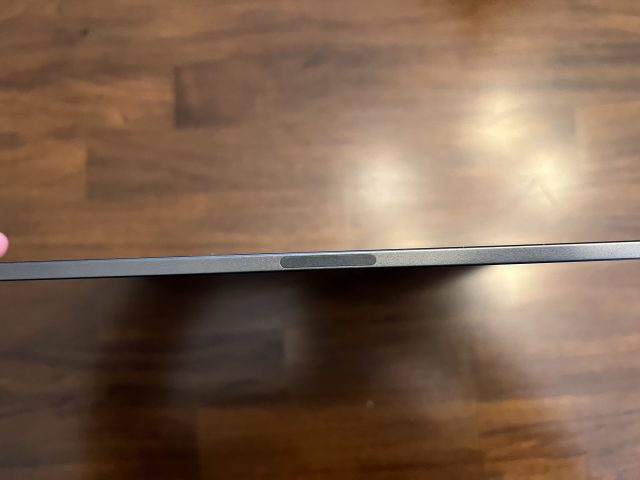









 Loading comments...
Loading comments...
